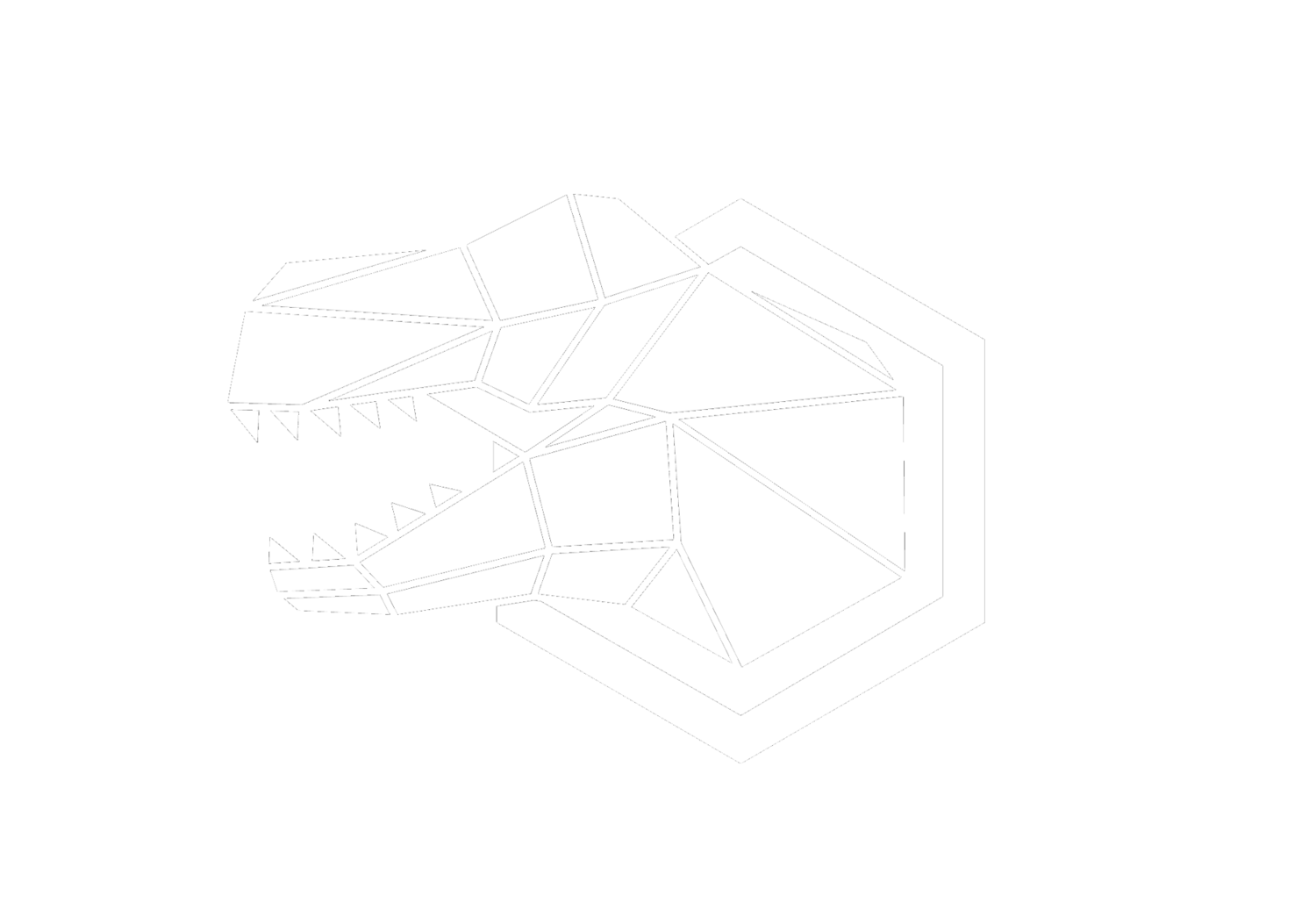In this article, we’ll explain how our FUSUS Data Structure works. The links for you to actually try it out yourself will be at the end of this article. So let’s dive right in!
FUSUS Data Structure
FUSUS is Jura’s novel data structure that is a multiple inheritance of blockchain, block lattice, and directed acyclic graph (DAG) technology. The FUSUS is a flexible, practical, and scalable data structure that provides us with the ability to achieve scalability, fast transactions, lightweight, and instant confirmation all at once.
The FUSUS is essentially a DAG-lattice. This essentially means that the transaction histories of accounts form the lattice, and the history of each account is constructed by the DAG. In simple words, when the traffic volume is low, the DAG is effectively reduced to a blockchain structure, but when the traffic volume is high, the RTs form a DAG, and every ST plays the role of a new genesis block.
Let’s see it in action. We’ll start with a balance of 1000 JREX in our genesis block.
Genesis Block with a balance of 1000 JREX
When there is a receiving transaction, the structure will take a form of a DAG.
But when we send JREX over to someone, the sending transaction will act as a new genesis block and will form a blockchain.
Sending Transactions are Genesis Blocks
As you can see, the new structure is a Blockchain-like structure comprised of all the sending transactions. Sending transactions are usually low-volume so blockchain structure is perfect. But you might receive multiple transactions therefore the chances for a higher traffic are high hence a DAG-lattice structure is perfect for scalability. This graph can get very complicated as we scale.
As we scale, the structure becomes complex.
Here, try it yourself by following this link:








